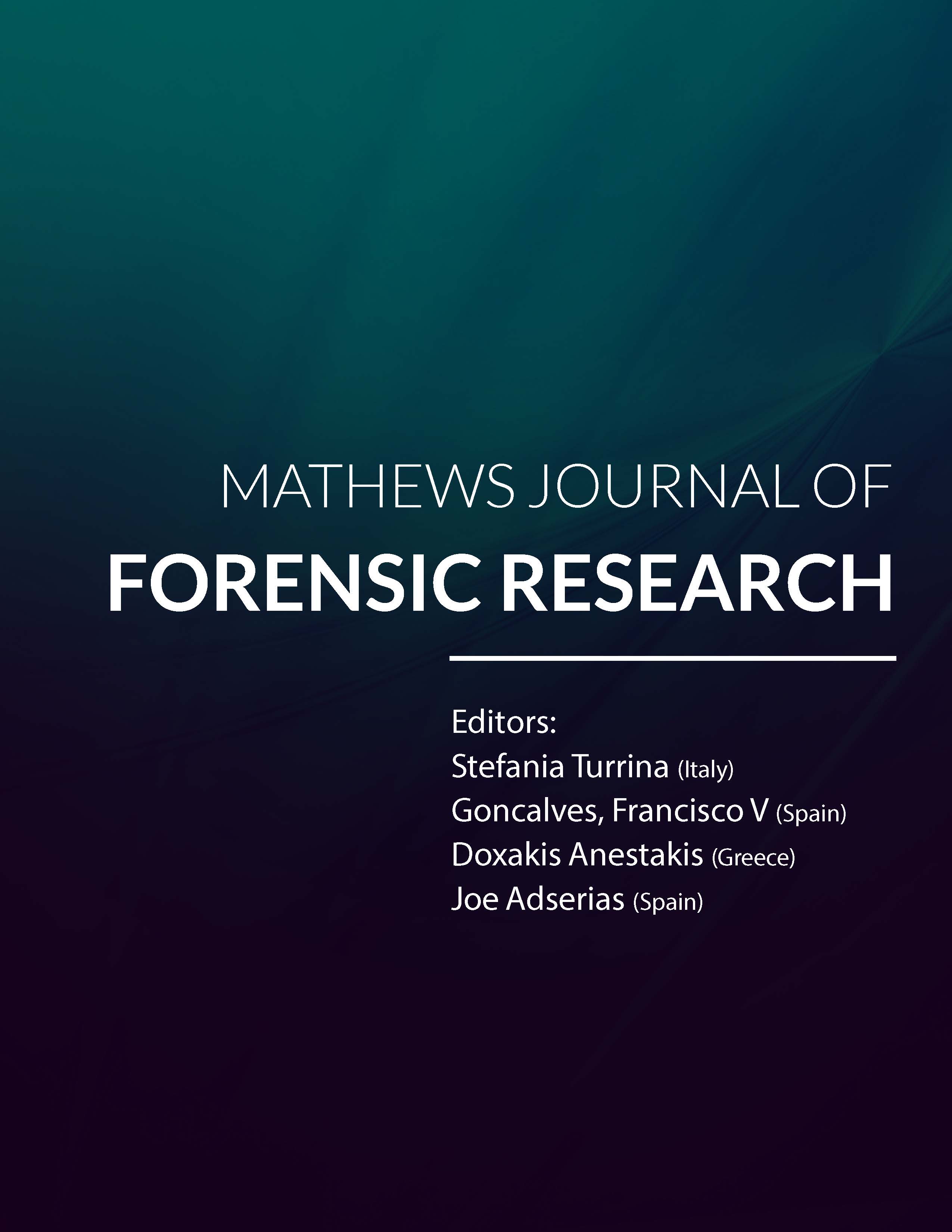
Information Links
Previous Issues Volume 3, Issue 1 - 2022
Forensic Chemistry is an Important Part of any Forensic Investigation
Siniša Franjić*
Independent Researcher, Croatia
*Corresponding author: Siniša Franjić, Independent Researcher, Croatia; Email: [email protected]
Received Date: October 26, 2022
Published Date: November 11, 2022
Citation: Franjić S. (2022). Forensic Chemistry is an Important Part of any Forensic Investigation. Mathews J Foren. 3(1):10.
Copyrights: Franjić S. © (2022).
ABSTRACT
Forensic chemistry is applied chemistry in a legal environment. Experts in this field have a wide range of methods and instruments to help identify unknown substances. The range of different methods is important because of the destructive nature of some instruments and the number of possible unknown substances that can be found at the scene. Chemical-physical expertise has a continuous tradition that stretches back several decades. Whether they are an integral part of a department, division or service as an organizational unit, from its beginnings until today, chemical and physical expertise covers the widest area of work, which includes expertise of traces left after explosion, arson, traffic accidents, burglary, pollution environment, etc. In order to be as objective as possible, they apply a number of instrumental methods of analysis in their work. Which method will be applied depends primarily on the type and amount of trace, and it is always necessary to choose the method that will reduce the possibility of sample contamination. Since it is necessary to ensure the preservation of material evidence during the expertise, whenever possible, non-destructive methods certainly have an advantage. Developed methods can analyze a variety of materials including: pigments, glass, building materials, soils, minerals, metals, metal alloys and their corrosion products, organic and bioinorganic materials such as wood, textile, paper, oil-based binders, sugars, adhesives, natural or synthetic coatings, then adhesive tapes, cosmetics, plastics, flammable liquids, post-explosion residues and a whole range of organic and inorganic chemicals.
Keywords: Chemistry, Forensics, Toxicology, DNA